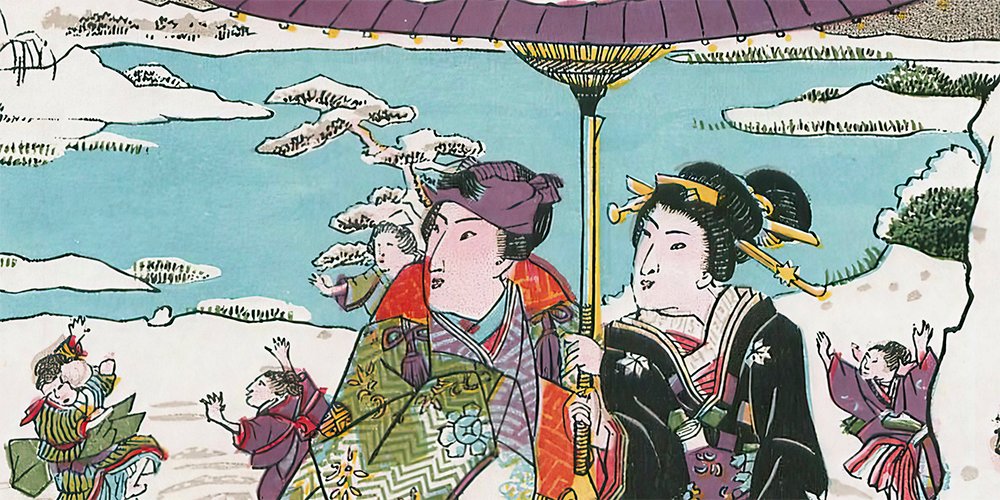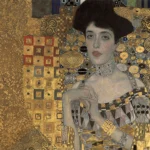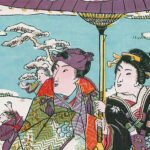Utagawa Kunisada (1786–1865), also known as Utagawa Toyokuni III, was one of the most prolific and commercially successful artists of Japan’s Edo period. Born in 1786 in Edo (modern-day Tokyo), Kunisada became a dominant figure in the Ukiyo-e genre, especially known for his dynamic portraits of kabuki actors, beautiful women (bijin-ga), and vividly illustrated scenes from Japanese literature.
At the height of his career, Kunisada was more popular and in-demand than even his contemporaries Hokusai or Hiroshige, yet he remained underappreciated in the West until recent decades. Today, his vibrant, theatrical prints are celebrated as masterpieces of Edo culture.
Early Life and Artistic Training
Kunisada was born into a family of ferryboat owners and showed early artistic talent. At around 14 or 15, he was accepted into the prestigious Utagawa school, under the mentorship of Utagawa Toyokuni I, the leading master of kabuki portraiture. Kunisada quickly distinguished himself and was considered the most promising student of his generation. His technical skill, keen observation, and understanding of contemporary tastes helped him rise rapidly in the art world.
By 1807, he was already signing his work and receiving commissions, and by the 1820s, Kunisada had become the most celebrated designer of actor prints (yakusha-e) in Edo.
Prolific Output and Artistic Themes
Kunisada’s portfolio is estimated to include over 20,000 individual designs, covering a broad range of subjects:
Kabuki actor portraits: His yakusha-e prints captured the energy, costumes, and expressive gestures of popular theater with unmatched flair.
Beautiful women (bijin-ga): He portrayed elegant courtesans, geisha, and everyday women in graceful poses, setting fashion trends in the process.
Literary illustrations: Kunisada illustrated many classical works like The Tale of Genji, infusing them with his colorful and imaginative style.
Collaborations: He often worked with other famed Ukiyo-e artists, including Utagawa Hiroshige, most notably on joint landscape and figure series.
Kunisada also adopted the name Toyokuni III in 1844, honoring his teacher and signaling his leading role within the Utagawa school.
Reception and Legacy
While Kunisada’s work was immensely popular in his lifetime, it was long dismissed by Western critics who favored the more restrained aesthetic of artists like Hiroshige or Hokusai. However, recent scholarship has reevaluated his contributions, highlighting his innovation, deep connection to popular culture, and mastery of print design.
Kunisada passed away in 1865, leaving behind a vast and vivid legacy that reflected the energy, fashion, and entertainment of Edo-period Japan.
Elevate Your Space with a Touch of Edo Elegance
Utagawa Kunisada’s prints offer a lively glimpse into 19th-century Japanese culture—from glamorous stage performances to intimate domestic scenes.
Find below a selection of prints from Utagawa Kunisada to decorate your home.




